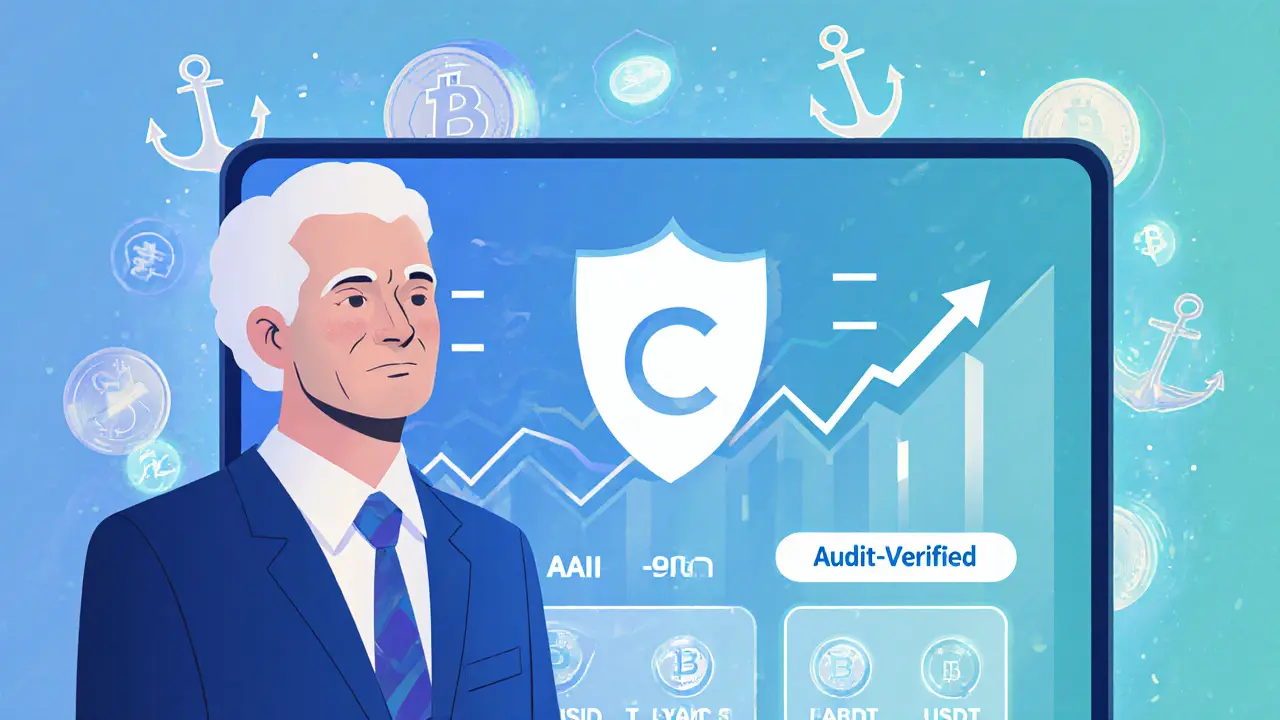APY Explained: What It Is, How It Works, and Where to Find Real Returns
When you see a crypto platform offering APY, Annual Percentage Yield, which measures how much your crypto earns over a year including compound interest. It's not just a number—it's your real return after compounding kicks in. Unlike simple interest, APY factors in how often you get paid—daily, hourly, even every block. That’s why a 5% APY isn’t the same as 5% simple interest. If you’re earning daily, your actual return is higher because you’re reinvesting your rewards as you go. This is why DeFi yields, returns generated by lending, staking, or providing liquidity on decentralized protocols often look so high compared to traditional banks. But high APY doesn’t mean safe APY.
Many platforms lure users with 20%, 50%, even 100% APY. But those numbers often come from unstable tokens, inflated rewards, or projects that vanish overnight. Real APY comes from proven protocols like Aave or Compound, where earnings are backed by actual demand for borrowing, not just token inflation. Staking rewards, earnings you get for locking up crypto to help secure a blockchain network—like ETH on Ethereum or SOL on Solana—are more predictable because they’re built into the protocol’s consensus rules. But even those can drop if network usage falls or more people join the staking pool. The key is to look beyond the headline number. Check how long the APY has held steady, who’s behind the project, and whether the token has real utility or is just a reward pump.
APY isn’t just for DeFi. Some centralized exchanges like Kraken or Coinbase offer crypto savings accounts with APY, but they’re not as transparent. You’re trusting them to lend your assets, and if they go under, you could lose everything. On-chain staking gives you more control, but you need to know how to manage your keys and avoid slashing penalties. The best APY opportunities today aren’t the flashiest—they’re the ones with clear rules, low risk, and real demand. That’s why you’ll find guides here on which platforms actually deliver, which tokens are just hype, and how to spot the difference before you lock up your funds.
Below, you’ll find real-world breakdowns of APY in action—from the $150 million frozen assets in the Philippines that show why trust matters, to the DeFi exchanges like Voltage Finance that offer low fees but thin liquidity. You’ll see why some airdrops promise big returns but deliver nothing, and how security audits can protect your earnings. This isn’t about chasing the highest number. It’s about understanding what’s behind it—and making sure your money stays safe while it grows.
